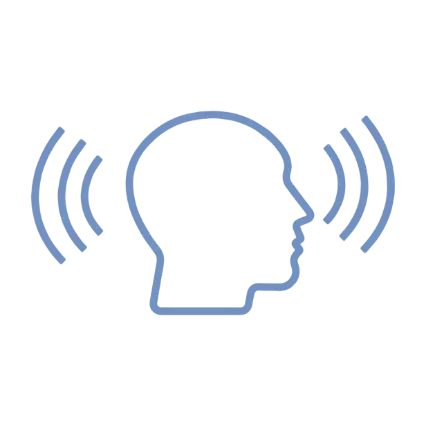Orofacial Myofunctional Therapy (OMT)

Orofacial myofunctional therapy (OMT) is a modality that utilizes a process of treating anomalies of the craniofacial respiratory complex with the aim of creating patterns that support health, growth, and quality of daily living.
Orofacial myofunctional therapy repatterns neural pathways for the optimization of nasal breathing and muscle functions within the craniofacial respiratory complex to support efficient oral resting postures, oral sensory awareness, swallowing, and chewing within a framework that recognizes the reciprocal interaction of form, function, and behavior, and which further facilitates overall health and quality of life across the lifespan.
Orofacial myofunctional therapy is a modality provided by some allied healthcare professionals who have this within their scope of practice and have also received the necessary training.
The Five Pillars of Orofacial Myofunctional Therapy
A Comprehensive Approach to Patient Care
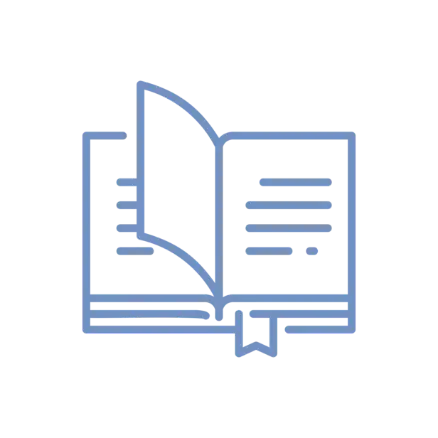
Education
Education within orofacial myofunctional therapy represents a lifelong learning process.
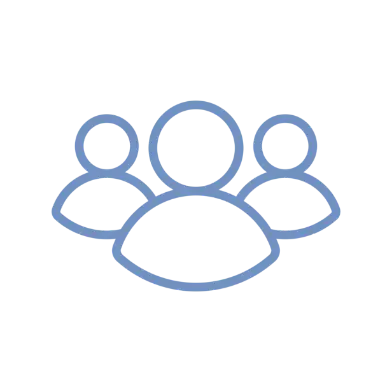
Collaboration
Orofacial myofunctional therapy (OMT) embraces collaboration with all medical, dental, and allied health professionals to advance our ability to move patient care forward.
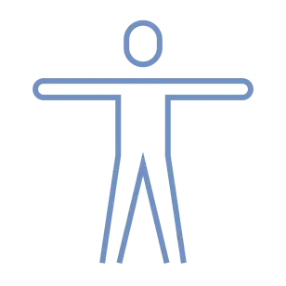
Anatomy & Physiology
Anatomy & physiology is the underpinning of the principles of orofacial myofunctional therapy.
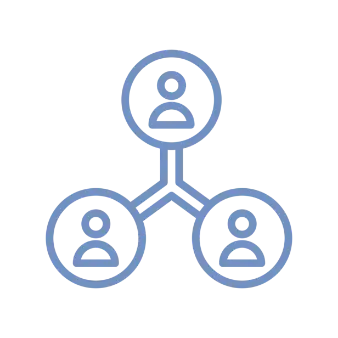
Interdisciplinary Management
OMT challenges practitioners to work with a whole person and therefore work within a whole team approach to function in order to meet patient needs and establish an individualized and effective plan of care.
Myofunctional Committee

Nicole Archambault, EdS, MS, CCC-SLP, CYMHS, CSSC

Sharon Moore, CPSP, OMT
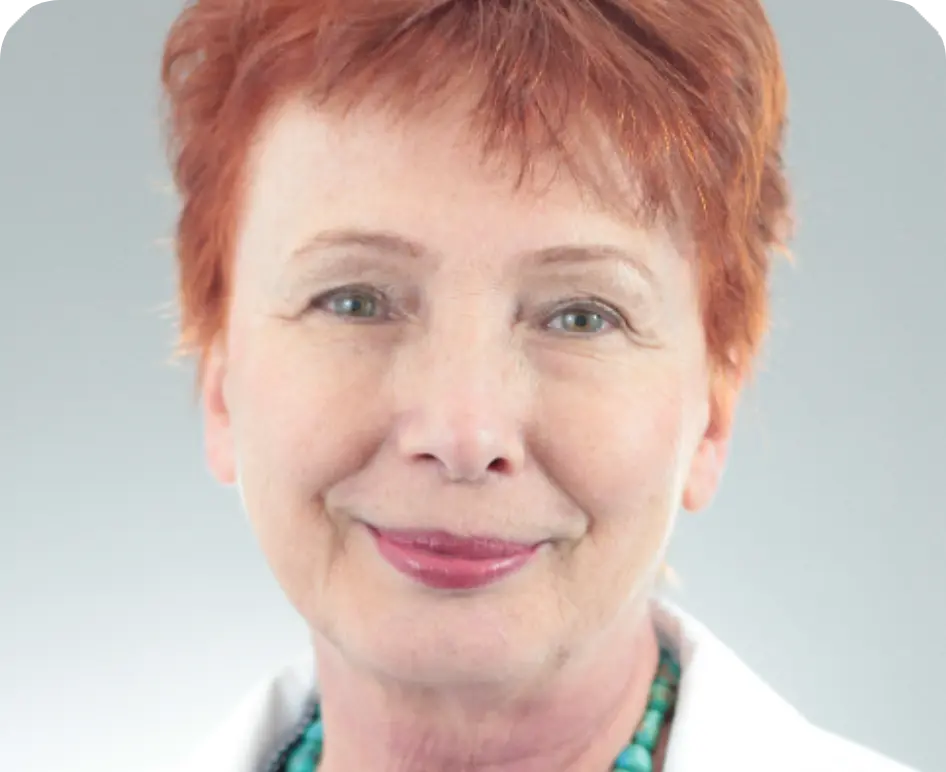
Sanda Valcu-Pinkerton, OMT, RDH
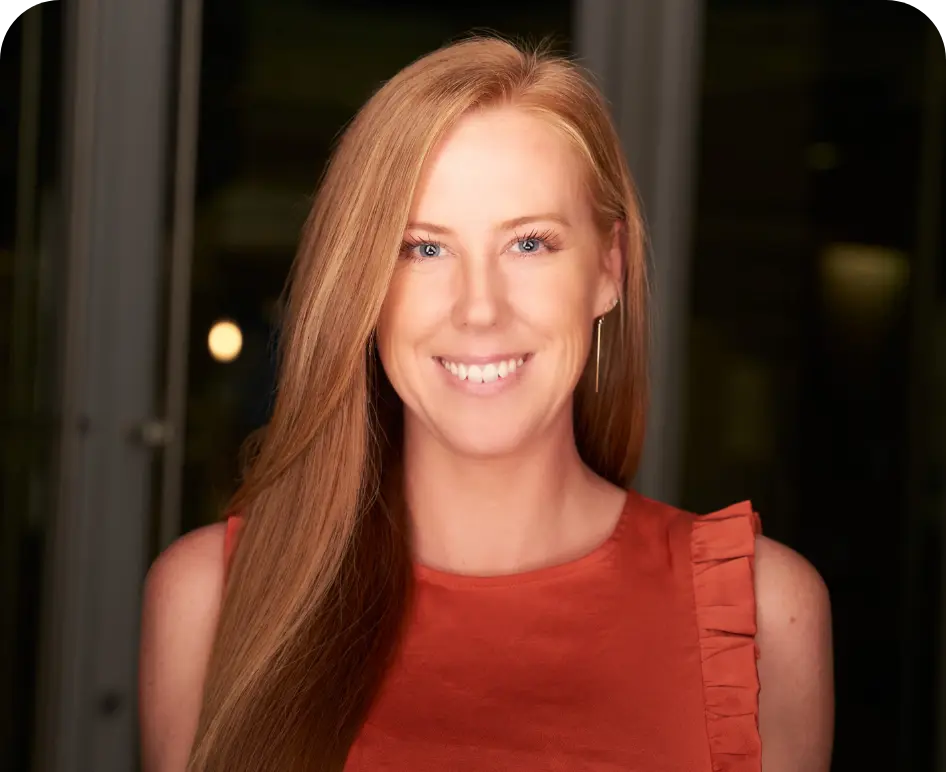
Sarah Hornsby, RDH, OMT

Ashley Larson, PT, C.NDT, COMB

Marielly Mitchell OTD, OTR/L, SWC, SIPT
Upcoming Courses
MYOFUNCTIONAL THERAPY TRACK AAPMD WEBINAR
October 10, 2023
Advanced TMJ Imaging and Myofunctional Therapy
Using TMJ MRI and CBCT to Provide Individualized Care for Our TMD Patients
Using TMJ MRI and CBCT to Provide Individualized Care for Our TMD Patients
Drew McDonald, DDS, MS Sandraluz Gonzalez, RDH, OMT
Recommended Content
Articles
Macario Camacho, MD, Victor Certal, MD, Jose Abdullatif, MD, Soroush Zaghi, MD, Chad M. Ruoff, MD, RPSGT, Robson Capasso, MD, and Clete A. Kushida, MD, PhD
Dao Anh Hoang, Van Nhat Thang Le, Tam Minh Nguyen, Triin Jagomägi
Hollie-Ann L Shortland, Sally Hewat, Anne Vertigan, Gwendalyn Webb
Soroush Zaghi, Shayan Shamtoob, Cynthia Peterson, Loree Christianson, Sanda Valcu-Pinkerton, Zahra Peeran, Brigitte Fung, Daniel Kwok-Keung Ng, Triin Jagomagi, Nicole Archambault, Bridget O’Connor, Kathy Winslow, Miche’ Lano, Janine Murdock, Lenore Morrissey, Audrey Yoon
Soroush Zaghi, MD, corresponding author, Sanda Valcu‐Pinkerton, RDH‐AP, Mia Jabara, BS, Leyli Norouz‐Knutsen, BA, Chirag Govardhan, BS, Joy Moeller, RDH, Valerie Sinkus, PT, Rebecca S. Thorsen, MS, CCC‐SLP, Virginia Downing, RDH, Macario Camacho, MD, Audrey Yoon, DDS, MS, William M. Hang, DDS, MSD, Brian Hockel, DDS, Christian Guilleminault, DM, MD, and Stanley Yung‐Chuan Liu, MD, DDS
Websites
Copyright © 2011-2022 American
Academy of Physiological Medicine & Dentistry. All rights reserved.
Academy of Physiological Medicine & Dentistry. All rights reserved.
Site designed and managed by:

